Titanic 3D scan reveals fresh insight into ship's final hours
New digital mapping adds clarity to long-standing questions about the 1912 disaster
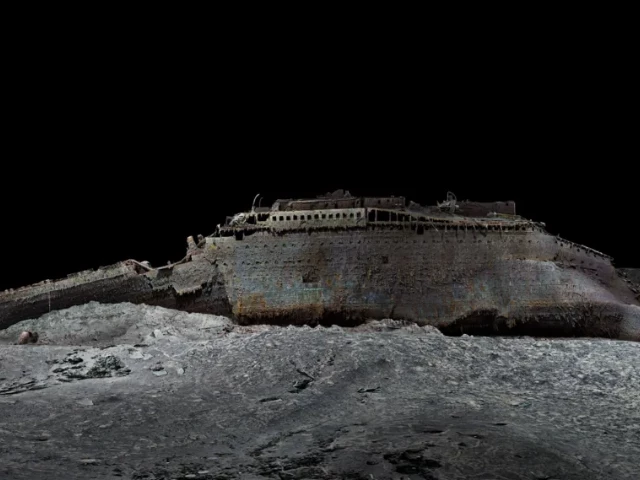
A full-scale digital scan of the Titanic has provided unprecedented insight into the final hours of the doomed vessel, revealing structural details, crew efforts, and iceberg damage that had previously gone unseen.
The 3D "digital twin" was created from over 700,000 high-resolution images captured by underwater robots at a depth of 3,800 metres in the North Atlantic.
It offers a complete, panoramic view of the shipwreck for the first time, allowing researchers to study the disaster site in forensic detail.
The bow section of the liner lies upright on the seabed, while the stern, located 600 metres away, is a tangled mass of metal—evidence of the extreme forces unleashed as the ship broke apart and sank in 1912, killing over 1,500 people.
"This is like a crime scene, and the full scan lets us understand what really happened," said Titanic analyst Parks Stephenson.
The scan also uncovered critical clues, including a smashed porthole likely caused by the iceberg, a boiler room near the ship's break point, and an open steam valve on the stern—suggesting engineers kept power flowing until the last moment.
“These men held chaos at bay, allowing lifeboats to be launched in light, not darkness,” said Stephenson.
A computer simulation based on the ship’s blueprints and navigation data shows that the iceberg caused a series of narrow hull punctures, each only the size of an A4 sheet of paper, but collectively spread across six watertight compartments—more than Titanic could withstand.
“The difference between survival and sinking was razor thin,” said Simon Benson, naval architecture expert at the University of Newcastle.
Though parts of the hull remain buried in silt, the scan continues to offer new information. Personal belongings can also be seen scattered on the ocean floor, bringing the human tragedy into sharper focus.
The data was collected for a National Geographic documentary, Titanic: The Digital Resurrection, produced with Atlantic Productions and Magellan. Experts say the scan may take years to fully analyse.
“She still has stories to tell,” Stephenson said. “And each time, she leaves us wanting more.”
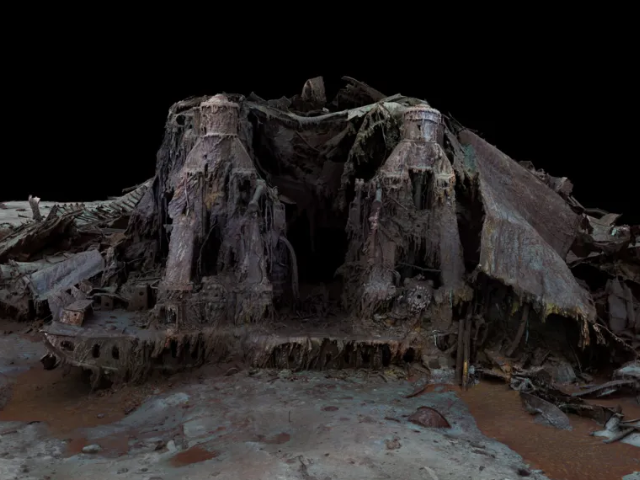
The stern of the ship, which broke off from the bow, is heavily damaged- Photo: Atlantic Productions/Magellan
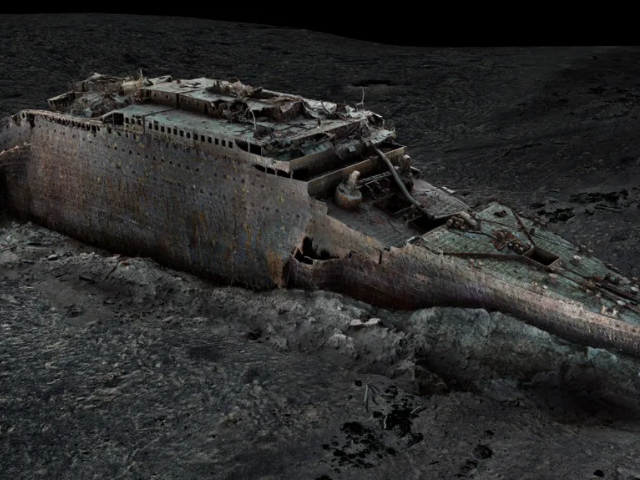
The digital scan shows the bow sitting upright on the sea floor -Photo: Atlantic Productions/Magellan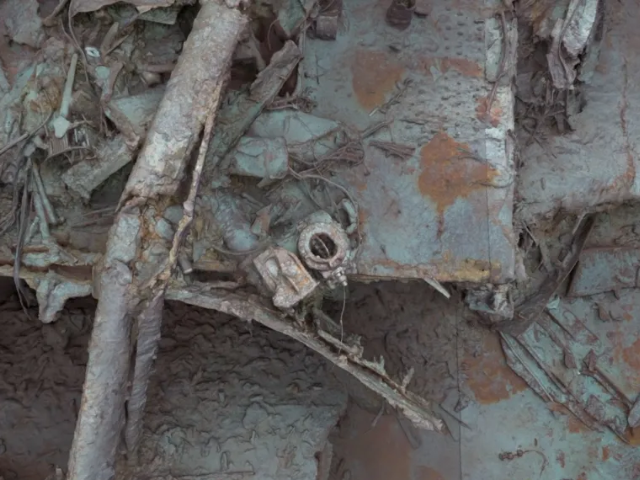
A circular valve - in the centre of this image - is in an open position- Photo: Atlantic Productions/Magellan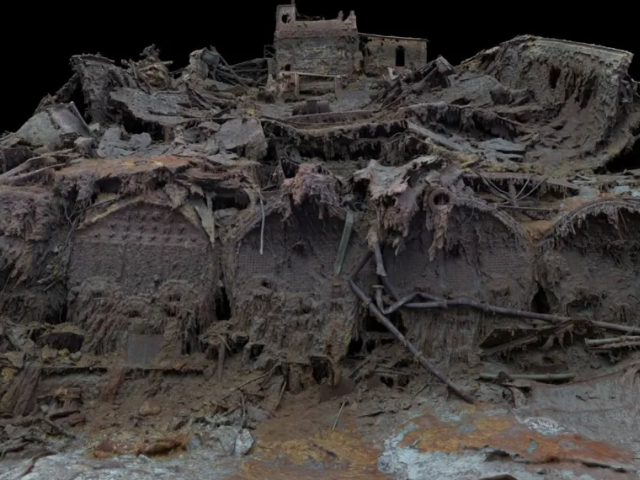
A boiler room is at the back of the bow where the ship has split in two- Photo: Atlantic Productions/Magellan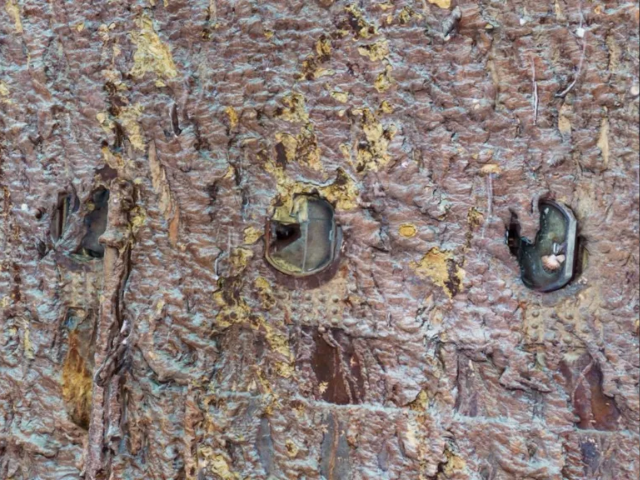
The glass in a porthole may have been broken as it scraped past the iceberg Photo: Atlantic Productions/Magellan


1731836498-0/Untitled-design-(20)1731836498-0-100x90.webp)







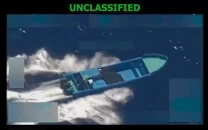
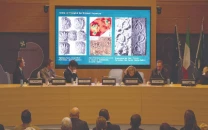





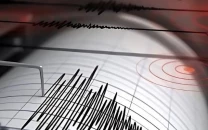







COMMENTS
Comments are moderated and generally will be posted if they are on-topic and not abusive.
For more information, please see our Comments FAQ